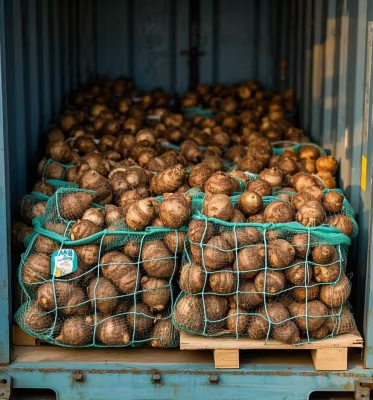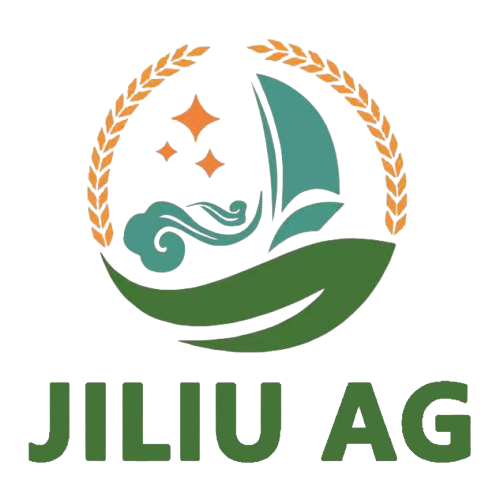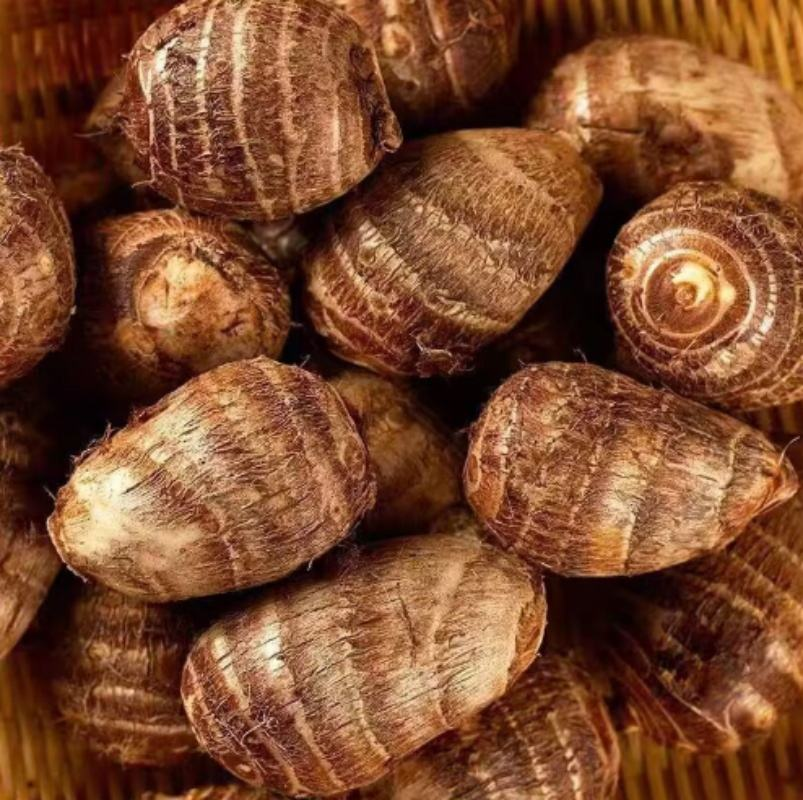Understanding Taro Import Trends for Global Buyers
Taro, a staple in many Asian and Pacific Island cuisines, has seen increasing demand in global markets. For importers, understanding the current trends in taro sourcing is crucial to staying competitive and meeting consumer expectations. With its rich texture and versatility, taro is becoming a popular choice for a variety of products, ranging from traditional dishes to health-conscious food options. This article explores the latest taro import trends and highlights what global buyers should closely monitor to make informed decisions.
Global Demand for Taro and Its Key Drivers
Health Benefits and Consumer Preferences
One of the most significant drivers behind the growing demand for taro is its health benefits. As consumers become more health-conscious, they are seeking alternatives to traditional carbohydrate-rich foods. Taro is rich in dietary fiber, vitamins, and antioxidants, making it an attractive option for those seeking to improve their diet.
The shift towards plant-based diets and gluten-free foods has also played a role in the growing popularity of taro. As a naturally gluten-free vegetable, it provides an ideal substitute for those with dietary restrictions. Importers need to be aware of the health trends influencing the demand for taro in different markets, as these preferences can greatly impact purchasing decisions.
Cultural and Culinary Influence
Taro has deep cultural roots in various regions, particularly in Asia, the Pacific Islands, and parts of Africa. Many countries rely on taro as a staple food, incorporating it into traditional dishes. The global rise in multicultural cuisine has led to an increased interest in taro from non-traditional markets, particularly in Western countries where consumers are seeking to diversify their diets.
Chefs and food manufacturers are increasingly experimenting with taro in modern culinary applications, such as taro chips, taro-based desserts, and even beverages like taro milk tea. This evolving culinary interest further drives demand, making it an important consideration for global buyers.

Sourcing Taro from Key Exporting Regions
Leading Taro-Producing Countries
Countries such as China, India, the Philippines, and Fiji are among the top producers of taro. These regions have favorable climates for taro cultivation, providing a steady supply of the tuber for international markets. As the demand for taro grows, buyers need to focus on the countries that can consistently deliver high-quality products.
China, in particular, is a dominant player in the taro market, providing a significant share of the global supply. As a result, Chinese export regulations, harvest yields, and agricultural practices are key factors that buyers need to monitor when sourcing taro from this region.
Sustainability and Responsible Sourcing
Sustainability is becoming a priority for many global buyers, especially in the context of agricultural products like taro. Sourcing taro from environmentally responsible farms is increasingly important to consumers and businesses alike. Importers should look for suppliers that implement sustainable farming practices, such as crop rotation, water conservation, and reduced pesticide use. These practices help ensure a reliable and ethical supply chain, which is crucial for long-term sourcing.
Buyers should also consider the environmental impact of transportation when sourcing taro. The carbon footprint of shipping taro from distant regions can be significant, so exploring regional sourcing options may be an effective way to mitigate this concern.
Price Volatility and Market Dynamics
Weather and Harvest Conditions
Taro is a sensitive crop, vulnerable to changing weather patterns and natural disasters. Droughts, floods, and storms can negatively affect yields, leading to price spikes and supply shortages. Importers need to stay informed about the weather patterns in key producing regions to anticipate potential disruptions in the supply chain.
For instance, regions like the Philippines and Fiji, which are prone to tropical storms, may experience crop losses during peak seasons. Importers should be prepared for these challenges by diversifying their sources and building long-term relationships with multiple suppliers to reduce the risk of sudden price increases or shortages.
Global Supply and Demand Fluctuations
Taro’s market is also influenced by shifting global demand. As the popularity of taro grows, particularly in non-traditional markets, there may be pressure on supply, leading to price volatility. Buyers need to monitor these trends closely, as sudden spikes in demand can strain supply chains, resulting in price increases.
Additionally, changes in trade policies, such as tariffs and export restrictions, can impact the cost of importing taro. Importers should stay updated on trade agreements and regulatory changes that may affect the availability and pricing of taro in their region.
Supply Chain and Logistics Considerations
Shipping Methods and Storage
Taro is typically shipped by sea, which can take several weeks depending on the region of origin. As a result, importers should choose suppliers who use appropriate packaging methods that protect the product from damage during long transit periods. Temperature-controlled shipping is often necessary to maintain the freshness of taro, especially when transporting to regions with extreme weather conditions.
Once the taro reaches its destination, proper storage facilities are essential to extend its shelf life. Importers should work with distributors who have access to adequate cold storage facilities to keep the taro in optimal conditions before it reaches consumers.
Customs and Import Regulations
Importing taro involves navigating complex customs regulations. Different countries have varying requirements for agricultural imports, including quarantine procedures, certification, and inspection. Buyers should work with experienced importers and customs brokers to ensure that all necessary paperwork is in order and that the product complies with local regulations.
FAQ
What are the main health benefits of taro?
Taro is a rich source of dietary fiber, potassium, and antioxidants, making it a healthy addition to a balanced diet. It is also naturally gluten-free, making it a suitable option for individuals with dietary restrictions.
Which countries are the largest exporters of taro?
China, India, the Philippines, and Fiji are among the largest exporters of taro. These regions have favorable climates for taro cultivation and a long history of producing high-quality crops.
How can weather affect the price of taro?
Weather conditions, such as droughts, storms, and floods, can disrupt taro production, leading to reduced yields and higher prices. Importers need to monitor these conditions to anticipate potential price fluctuations.
What are the best practices for storing taro during transit?
Taro is a perishable product and requires careful handling during transit. Temperature-controlled shipping and appropriate packaging are necessary to maintain its freshness during long shipping times.

